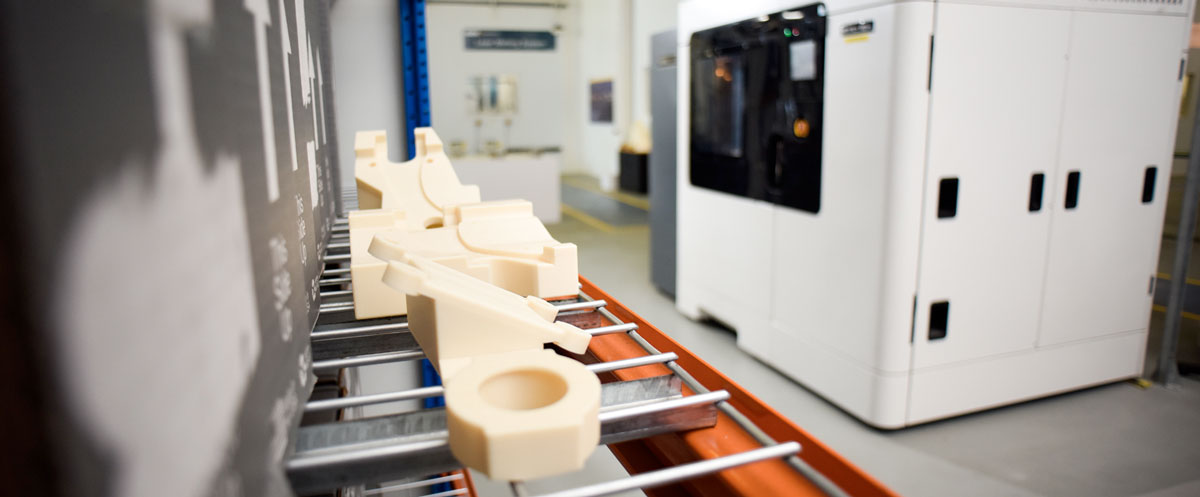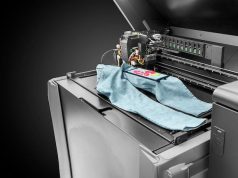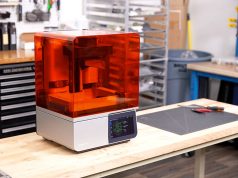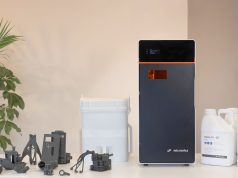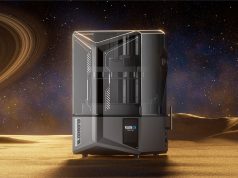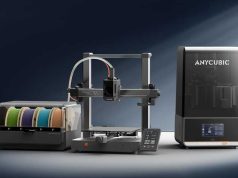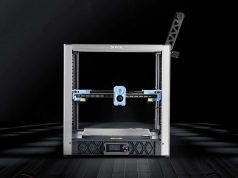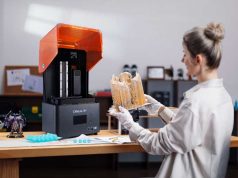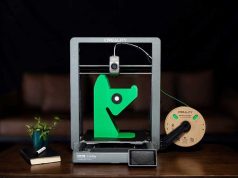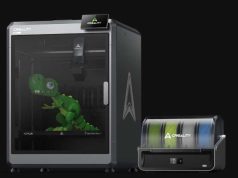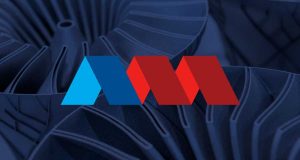Stratasys (Nasdaq:SSYS) today announced that GKN Aerospace is improving production times and removing design constraints for multiple tooling applications since integrating additive manufacturing at its Filton manufacturing site in the UK.
GKN serves over 90 percent of the world’s aircraft and engine manufacturers with aerostructures, engine systems and technologies.
According to Tim Hope, Additive Manufacturing Center Manager, at GKN Aerospace, the company decided to invest in the Stratasys F900 Production 3D Printerin a bid to cut lead times for production-line tools, and to create complex parts, impossible to make with traditional manufacturing methods.
“Since integrating the F900, we have dramatically reduced production-line downtime for certain teams and are enjoying a new found freedom to design complex tools,” he says.
Traditionally, the lead-time required to produce a metal or plastic replacement tool is several weeks. Now, with the ability to use an in-house production 3D printer to do the same job, the replacement burden has been removed and the responsiveness to manufacturing requirements improved.
“We can now cost-effectively produce tools for our operators within three hours,” Hope explains. “This saves critical production time, and by printing in engineering-grade thermoplastics, we can produce 3D printed tools with repeatable, predictable quality every time. All while matching the quality of a traditionally-produced tool, and reducing the costs and concessions compared to equivalent metallic tooling.”
While GKN Aerospace is using a standard thermoplastic today, it is experimenting with Stratasys’ high-strength, heat-resistant ULTEM™ 1010 Resin material for these applications.
Customized, complex tools that were previously impossible to make
In addition, GKN Aerospace is reporting unprecedented levels of design freedom since investing in the Stratasys F900 into its operations.
“One of the key benefits of additive manufacturing is the creative freedom this technology affords users,” explains Hope. “The F900 offers the largest build-size of any FDM 3D printer enabling us to rapidly produce tools to meet any requirements. Most notably, complex geometries and cavities that would otherwise be problematic are now practical with the F900. We’re utilising it to design, and 3D print, previously inconceivable tools that enable us to manufacture complex parts that are uneconomical or just physically impossible by other methods.”
In addition to design freedom benefits, GKN Aerospace has also seen a 40 percent decrease in material waste.
To the future
Hope anticipates a greater move towards the use of FDM additive manufacturing to produce high-value, flight-critical, end-use composite parts.
He says. “GKN Aerospace’s product range is vast, and we see large-scale FDM and carbon-reinforced parts as the future of additive manufacturing in aerospace. By using Stratasys additive manufacturing for tooling, we are harnessing a machine that offers us the freedom to produce unique and complex tools of any size, with the build quality to match any manufacturing requirement. All while simultaneously preparing ourselves for the future.”
Subscribe to our Newsletter
3DPResso is a weekly newsletter that links to the most exciting global stories from the 3D printing and additive manufacturing industry.



